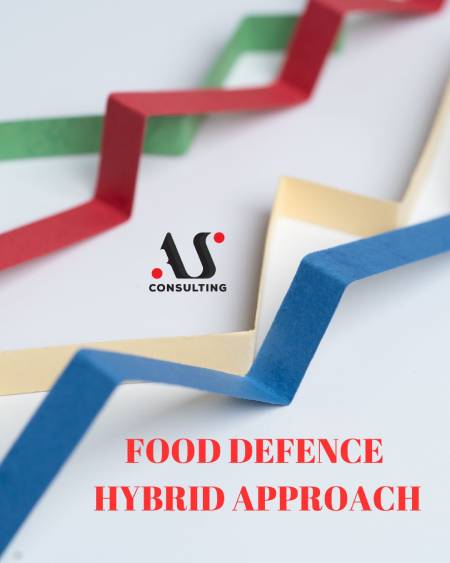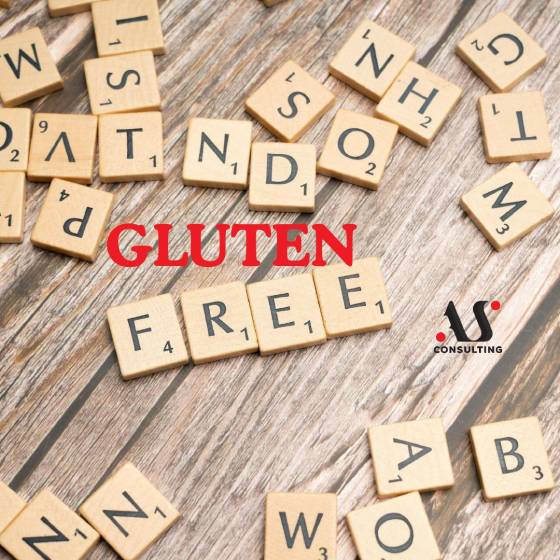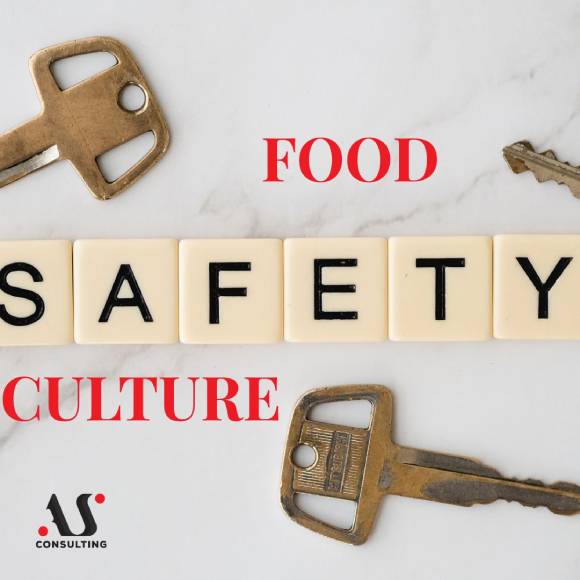
FOOD DEFENCE – THREE ELEMENT METHODOLOGY
January 26, 2025
IFS WHOLESALE / CASH & CARRY – STANDARD FOR WHOLESALERS AND CASH & CARRY BUSINESSES
February 25, 2025In order to help you gain a detailed understanding of all potential risks from intentional contamination, we will present three methodologies developed by the Office of Analytics and Outreach, Food Defense and Emergency Coordination Staff, in the Center for Food Safety and Applied Nutrition at the U.S. Food and Drug Administration.
We discussed the KAT methodology in the text from January 20, 2025:
We discussed the three-element methodology in the text from January 26, 2025:
In this text, we will focus on the hybrid approach.
Basic Terms (Requirements) Companies Must Fulfill Regarding the Implementation of Food Defense Strategies
For a company to protect itself from all potential (intentional) product safety threats, it is necessary to prepare a written food defense plan that includes:
- A vulnerability assessment to identify significant vulnerabilities and process steps that can be taken;
- Mitigation strategies for each process step that can be taken, along with written explanations;
- Food defense monitoring procedures to implement mitigation strategies;
- Corrective action procedures for food defense that must be taken if mitigation strategies are not properly implemented;
- Food defense verification procedures for verification activities, in accordance with the nature of the mitigation strategy and its role in the food defense system at the facility.
Vulnerability Assessment
A vulnerability assessment is an essential component of your overall food defense plan. A vulnerability assessment can be conducted using a selected methodology. The preliminary steps for conducting a vulnerability assessment are:
- Assemble a food defense team
- Describe the product being assessed
- Develop a process flow diagram
- Describe the process steps
There are no mandatory requirements for which methodology you should choose, but when performing any hazard assessment, the following should be considered:
- The potential impact on public health (e.g., severity and scope) if a contaminant is added;
- The degree of physical access to the product; and
- The ability of an attacker to successfully contaminate the product.

HYBRID APPROACH
The Hybrid Approach is a combination of the KAT method and the Three Element Method. This approach allows the company to take advantage of both methods.
- The method is based on first evaluating each point, step, or procedure on the location to identify steps that fall into one of four key activity types.
- Then, instead of completing the vulnerability assessment with steps identified as process steps that can be taken, the location uses the Three Element Method to conduct a more detailed evaluation of some of the steps.
The location may choose to conduct a more detailed evaluation of those process steps that, although fitting the KAT method, may have inherent characteristics present in the step. The Hybrid Method then provides additional information for the vulnerability analysis to determine whether there is a significant vulnerability. Alternatively, it could be assessed whether these inherent characteristics are sufficient to determine that the step is not one where an action can be taken to compromise food safety. This would then eliminate that step from the food defense plan.
The Hybrid Approach combines the speed of the KAT method with the in-depth analysis of the Three Element Method. By using the Hybrid Approach, the location can conduct its vulnerability assessment faster than if evaluating all steps using the Three Element Method and can identify fewer process steps to consider than if only the KAT method is used.
To make the methodology easier to understand, let’s give an example from “Mitigation Strategies to Protect Food Against Intentional Adulteration: Guidance for Industry”: almond and cranberry energy bar production. The Hybrid Approach is used, starting with the KAT methodology, where all the steps with the highest risks are identified: e.g., mixing and similar activities, and storage and handling of liquids. At the same time, factors present in these steps are identified that require further analysis using the Three Element Method. The location determines that an inherent characteristic of the step “Mix and heat syrup” is that it is fully enclosed. It is concluded that this factor provides additional information for analyzing this step, so the Three Element Method is used: the risk factor is assessed. The analysis then determines that, since this mixer is not accessible, there is no significant vulnerability, and this is not a step in the process where an action can be taken that would compromise food safety.
From this example, it’s clear that using both methods provides a more detailed analysis, allowing for more appropriate protection measures to be taken.
If you want to learn more about the Three Element Method (and other food defense methodologies), feel free to contact our Agency for assistance!!!




